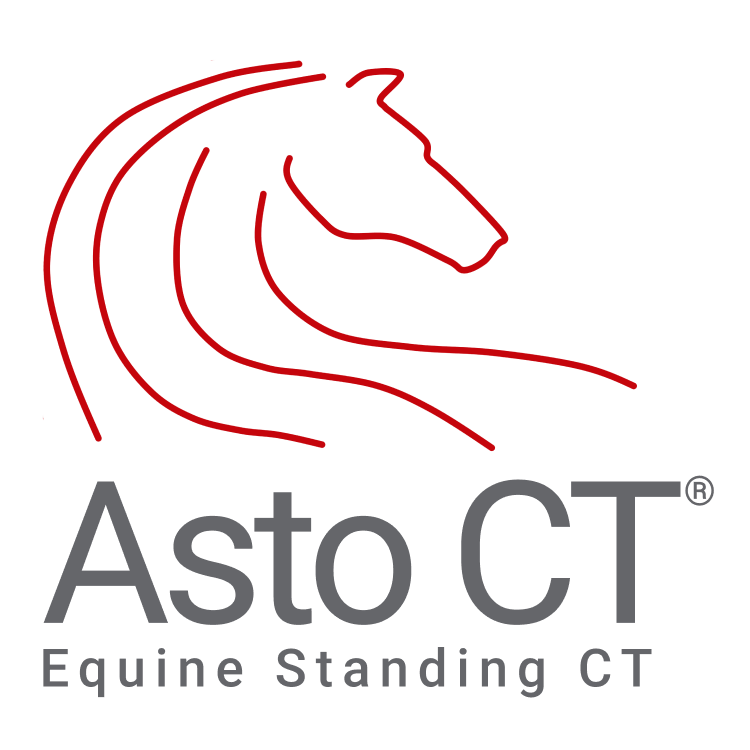Enhancing Your Clinic with the Equina® Standing CT and the Path to Implementation
Introduction
The field of veterinary medicine has been significantly advanced by the rapid evolution of medical imaging technologies. Equine standing computed tomography (CT) is one such innovation that holds great promise in improving the diagnostic and treatment capabilities for horses with complex medical conditions. This article explores the benefits of the Equina® by Asto CT and outlines essential steps in preparing for its successful implementation in equine veterinary hospitals.
Equina® Standing CT: Revolutionizing Diagnostics
Traditional CT imaging methods often require general anesthesia, which can pose risks to both the horse and veterinary staff. Equina standing CT, on the other hand, is a cutting-edge imaging technique that provides detailed, three-dimensional views of a horse's anatomical structures without the need for general anesthesia. This method is particularly advantageous for diagnosing diseases and injuries of both the head and neck, and of limb pairs in equine patients.
Benefits of Equina® Standing CT to your practice
Made for Equine Use: Equina’s flexibility of movement allows for standing CT scans of front or rear limb pairs, or the CT gantry can be easily raised and rotated to image the head and neck of the horse. The Equina CT scanner has been purpose-built to handle equine patients of all conformations and sizes.
Increased Safety: With light sedation, anesthesia-related risks are minimized, reducing the potential for complications during the imaging procedure. Additionally, lead-shielded scanners like the Equina offers very low radiation leakage and dose levels to allow handlers and operators to stay with the equine patient for greater safety.
High Quality Images: The Equina provides highly detailed and accurate images, aiding in the identification of subtle abnormalities.
Increased Patient Throughput: The procedure can be performed in under 30 seconds, minimizing stress on the horse and allowing for a prompt diagnosis. Since the Equina can generate diagnostic results in only minutes this increases throughput for patients eligible for diagnostic imaging by providing a safe and simple option.
Increased Clinic Reputation: With new technology like equine standing CT emerging, clinics can meet the growing demand for diagnostics and therapy, leading to client satisfaction and increased loyalty. Increased loyalty, in turn, can boost the clinics reputation and increase referrals.
Enhanced Treatment and Surgical Planning: Detailed images enable veterinarians to develop precise treatment and surgical plans, leading to better outcomes for the horse. In addition, surgeons can perform standing surgeries on top of the Equina which streamlines the process by allowing scanning and surgery to be conducted in a single room.
Preparing for the Equina® Standing CT Implementation
The successful integration of equine standing CT into veterinary practice requires careful planning and preparation. Here are key steps to consider when implementing this technology:
Investing in Equipment: Selecting the right CT equipment is crucial, consider factors such as image quality, ease of use, and maintenance. Collaborating with veterinary professionals and Asto CT experts can provide valuable insights.
Facility Considerations: Equine standing CT requires a dedicated space equipped with the necessary machinery and safety features is essential to ensure the smooth integration of the technology into daily practice.
Cost and Affordability: Equine standing CT equipment and maintenance can represent a significant investment. Veterinarians must assess the financial feasibility of the technology, considering factors such as patient demand, potential revenue streams, and long-term benefits. Asto CT offers a subscription model, where clients can install the Equina and pay for it with the revenues they generate.
Training and Education: Veterinarians and technicians should receive specialized training on operating the equipment, positioning horses, and interpreting CT images. Collaborating with Asto CT experts and providing ongoing education ensures that the technology is used to its fullest potential.
Patient Preparation and Safety: Guidelines for preparing horses for CT scans should be established. This includes protocols for sedation, use of aids such as earplugs and blinders, and ensuring safety will streamline the process and maintain consistency in results.
Data Management and Integration: Storing, retrieving, and sharing CT images and reports are required to communicate results with caregivers and referring veterinarians.
Marketing the System: Educating horse owners about the benefits and safety of equine standing CT is vital. Increased marketing presence builds rapport and encourages owners to opt for this advanced diagnostic method when necessary. Asto CT offers comprehensive 360-degree marketing support to customers, delivering tailored videos and social content, as well as traditional print marketing and everything in between.
Conclusion
Equine standing CT has the potential to revolutionize veterinary care, particularly in diagnosing and treating head and neck injuries and complex orthopedic conditions in horses. While implementing this technology involves challenges; careful planning, education, and collaboration can pave the way for its successful integration into veterinary practices. The Asto CT team provides complete support throughout all these stages and is committed to helping veterinarians make an informed decision.


